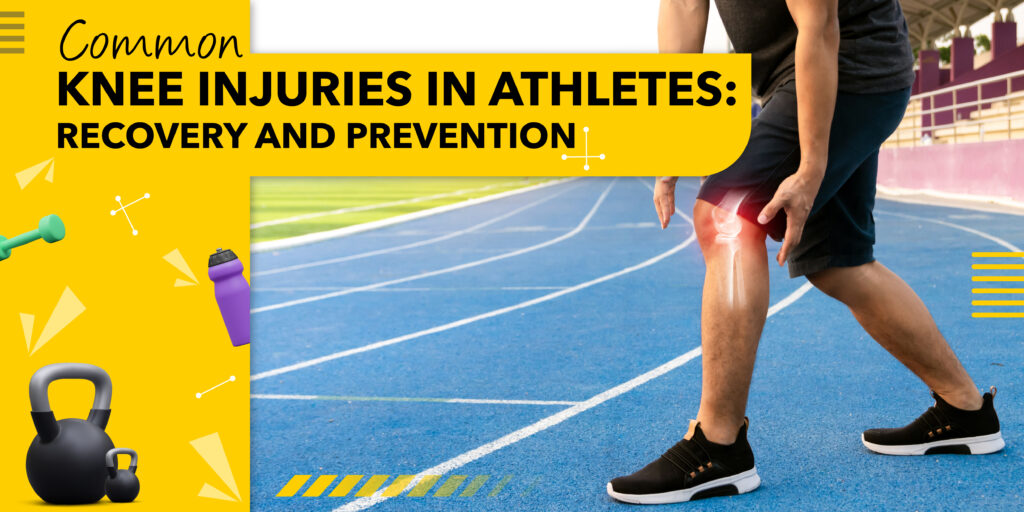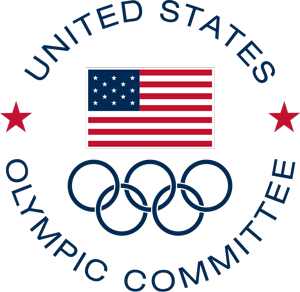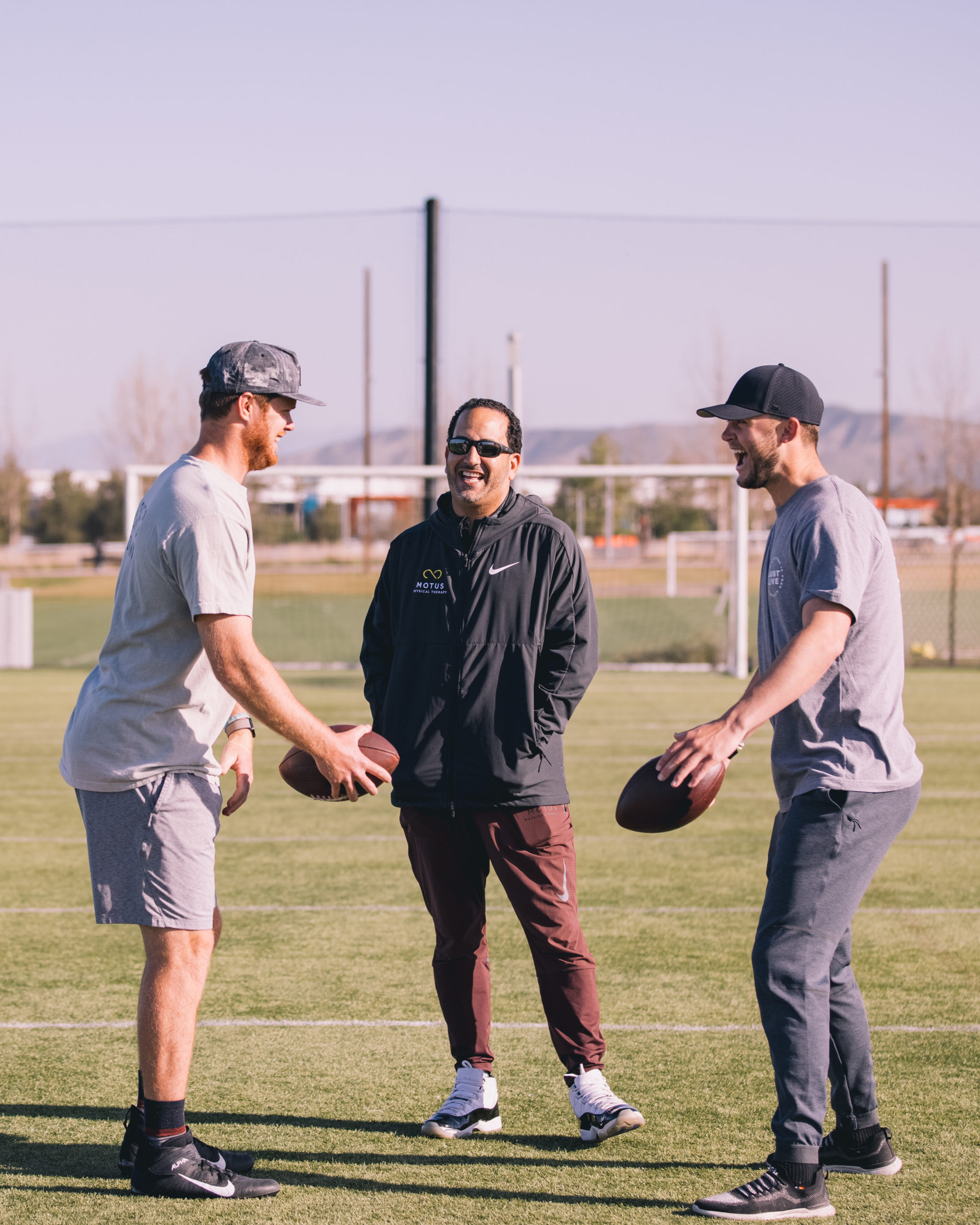
Athletes, akin to the relentless waves of CA’s Seal Beach, face the ebb and flow of physical challenges, with knee injuries often standing as formidable obstacles. This guide delves into these common injuries, shedding light on the paths to recovery and prevention.
By the end of this post, you’ll have a comprehensive understanding of knee injuries, equipped with the knowledge to prevent them, and if needed, recover effectively and return stronger to the activities you love.
ACL Tears, a Common Threat
ACL tears, a dreaded phrase in the sports world, are significant injuries that can sideline athletes for extended periods. These injuries often occur during high-impact sports or activities that demand sudden stops and quick changes in direction.
Symptoms like immediate pain, swelling, and a popping sensation are telltale signs, with diagnoses typically confirmed through imaging tests. Sports with frequent jumping or pivoting movements, like basketball or soccer, see a higher incidence of ACL injuries.
Immediate action typically involves the RICE method (Rest, Ice, Compression, Elevation) and using crutches upon your doctor’s advice. Recovery varies, often involving surgery for athletes who wish to return to high-level sports. After surgery, rehabilitation is critical, where techniques like MOTUS’s 4P Joint Approach can be instrumental in a comprehensive recovery.
Meniscus Tears: The Shock Absorber’s Strain
The meniscus, a crucial crescent-shaped shock absorber in the knee, can tear from sudden twists or overuse. Common victims of torn meniscus are those who are into football, volleyball, skiing, etc.
Unlike ACL tears, meniscus injuries might not present immediate symptoms. Pain, swelling, and stiffness might develop over time (typically after a day), making diagnosis tricky. These injuries are often confirmed through MRI.
While some cases may require minimally invasive procedures such as Arthroscopy, many meniscus tears are treated conservatively with rest, physical therapy, and sometimes injections.
The recovery journey can vary, but it’s crucial for athletes to follow a structured rehabilitation program, potentially incorporating elements of MOTUS’s 4P Joint Approach, which ensures a holistic recovery. If left untreated, meniscus tears can lead to long-term complications, including knee osteoarthritis (OA).
Patellar Tendonitis aka The Jumper’s Knee
As the name suggests, The Jumper’s Knee arises from repeated stress on the patellar tendon, commonly seen in athletes involved in jumping sports like volleyball and basketball. Early signs include pain below the kneecap, especially after activity.
Early intervention, involving rest, ice, wearing knee support, and anti-inflammatory measures, is key to preventing the worsening of the condition. Treatment strategies may include physical therapy focusing on strengthening and stretching the affected tendon.
In specific cases, the use of knee supports or braces can be beneficial. Recovery from patellar tendonitis requires a careful balance between rest and a gradual return to activity, ensuring the tendon is not overloaded too soon.
Long-term management strategies, including regular stretching and strengthening exercises such as hamstring curls, lunges, and calf raises, are essential in preventing recurrence.
Runner’s Knee, a Painful Misalignment
Patellofemoral pain syndrome, aka Runner’s knee, is characterized by pain around the kneecap. Activities such as running, cycling, and squatting that demand a lot of bending and straightening of the knee are the primary causes of Rrunner’s knee.
Diagnosis typically involves a physical examination and sometimes imaging tests. Treatment includes reducing activities that strain the knee, coupled with strengthening and stretching exercises to address underlying imbalances.
We at Motus recommend exercises, including standing quad stretch, standing calf stretch, donkey kick, clam-shell, and isometric gluteal strengthening, to recover from this injury.
The Road to Recovery
Rehabilitation is the cornerstone of recovery from knee injuries. Each athlete’s rehab program should be tailored to one’s specific needs, something that clinics like MOTUS specialize in with our 4P personalized approach.
Rehabilitation exercises might include range-of-motion exercises, strength training, and balance exercises, each carefully chosen based on the specific injury and the athlete’s overall condition. The key is gradual progression, avoiding rushing the process, which can lead to setbacks.
Physical therapists like us play a crucial role in guiding athletes like you through this process, ensuring exercises are performed correctly and progress is monitored. Modern technology, like the tools (red light therapy, percussive therapy, EMG Biofeedback, and anti-gravity treadmill, to name a few) used at MOTUS, can aid in monitoring progress and refining rehabilitation strategies.
Avoid in the First Place
While we discussed a lot about treating knee injuries, it’s equally important to learn about how to prevent knee injuries, especially for athletes training in dynamic environments like Seal Beach, CA. A thorough warm-up coupled with a cool-down routine is essential to ready the muscles and joints for demanding sports activities.
Adhering to proper techniques during sports and training is wise to avoid putting undue stress on the knee. Let’s not forget the importance of the right footwear and sports equipment to distance yourself from injuries.
When it comes to food, nutrition plays a decisive role in maintaining joint health; a diet rich in anti-inflammatory foods and brimming with essential nutrients can bolster the body’s ability to withstand the rigors of athletic activities.
Remember, the best defense in sports is a good offense, and that includes defending your knees against potential injuries.





















